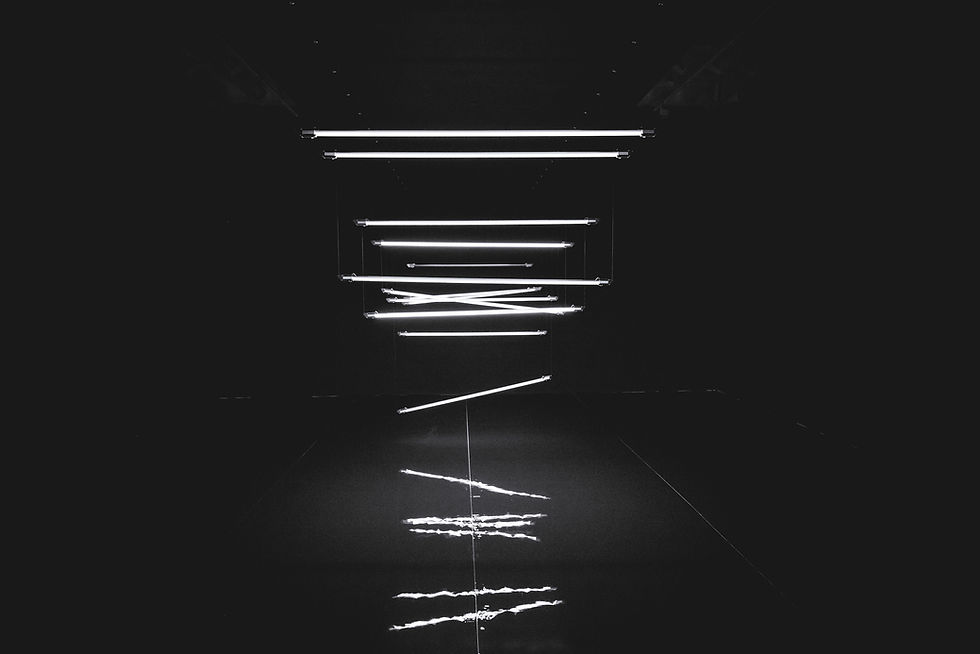Five Important Lighting Facts!!!
- Sarah Kamal
- Feb 23, 2023
- 3 min read
Lighting is an essential aspect of our daily lives that affects our health, well-being, and environment. It plays a vital role in providing illumination for our homes, workplaces, or public spaces. However, many of us take lighting for granted and may not realize the importance of proper lighting design and technology. In this article, we'll explore five important lighting facts that everyone should know.
1. Lighting affects our health and well-being
Lighting has a significant impact on our physical and emotional health. Proper ceiling lights can help regulate our sleep-wake cycle, improve our mood, and reduce eye strain and headaches. On the other hand, poor lighting can lead to fatigue, eyestrain, and headaches, and may even contribute to depression and other health problems. Therefore, it's important to consider the colour temperature, intensity, and lighting distribution in our environment. Coarts Lighting provides you with power-efficient lighting solutions that are designed to specifically cater to visual health. All of Coarts Lighting’s wall lights, ceiling lights, and fancy lights give out optimal lighting while maintaining colour temperature, intensity, and distribution of lighting in our environment.

2. Energy-efficient lighting saves money and reduces carbon footprint
Energy-efficient lighting technologies such as LED (light-emitting diode) and CFL (compact fluorescent lamp) can significantly reduce energy consumption and carbon emissions. LED bulbs use up to 75% less energy than incandescent bulbs and last up to 25 times longer. CFL bulbs are also more efficient than incandescent bulbs, using up to 80% less energy and lasting up to 10 times longer. Switching to energy-efficient lighting not only saves money on electricity bills but also helps reduce our impact on the environment.

3. Lighting design can enhance the aesthetics of a space
Lighting design is an essential aspect of interior design and architecture. Proper lighting design can enhance the aesthetics of a space, highlight architectural features, and create a specific mood or atmosphere. For example, accent lighting can be used to highlight artwork or architectural details, while ambient lighting can create a warm and inviting atmosphere. Moreover, fancy lights can be used to control the perception of space by emphasizing or diminishing the visual importance of specific areas.

4. Light pollution has negative effects on the environment
Light pollution is the excessive and misdirected artificial light that interferes with natural darkness. Light pollution has numerous negative effects on the environment, including disrupting the natural behaviour of wildlife, affecting plant growth and reproduction, and wasting energy. Light pollution also has social and health impacts, such as interfering with sleep patterns and contributing to increased air and water pollution. Therefore, it's important to use lighting fixtures that minimize light pollution, such as shielded fixtures that direct light downward instead of upward.

5. Smart lighting technology offers new possibilities

Smart light technology is an innovative approach to wall lighting design that uses sensors, controls, and automation to optimize energy use and enhance user experience. Smart lighting systems can be programmed to adjust lighting levels based on occupancy, time of day, or user preferences. They can also be integrated with other smart home devices, such as voice assistants and security systems. Smart lighting technology offers new possibilities for energy efficiency, comfort, and convenience.
In conclusion, lighting is an essential aspect of our daily lives that affects our health, well-being, and environment. Understanding these five important lighting facts can help us make informed decisions about lighting design, technology, and usage. By choosing energy-efficient lighting, design lighting systems that enhance aesthetics and reduce light pollution, and adopting smart lighting technology, we can create a brighter and more sustainable future.



Comments